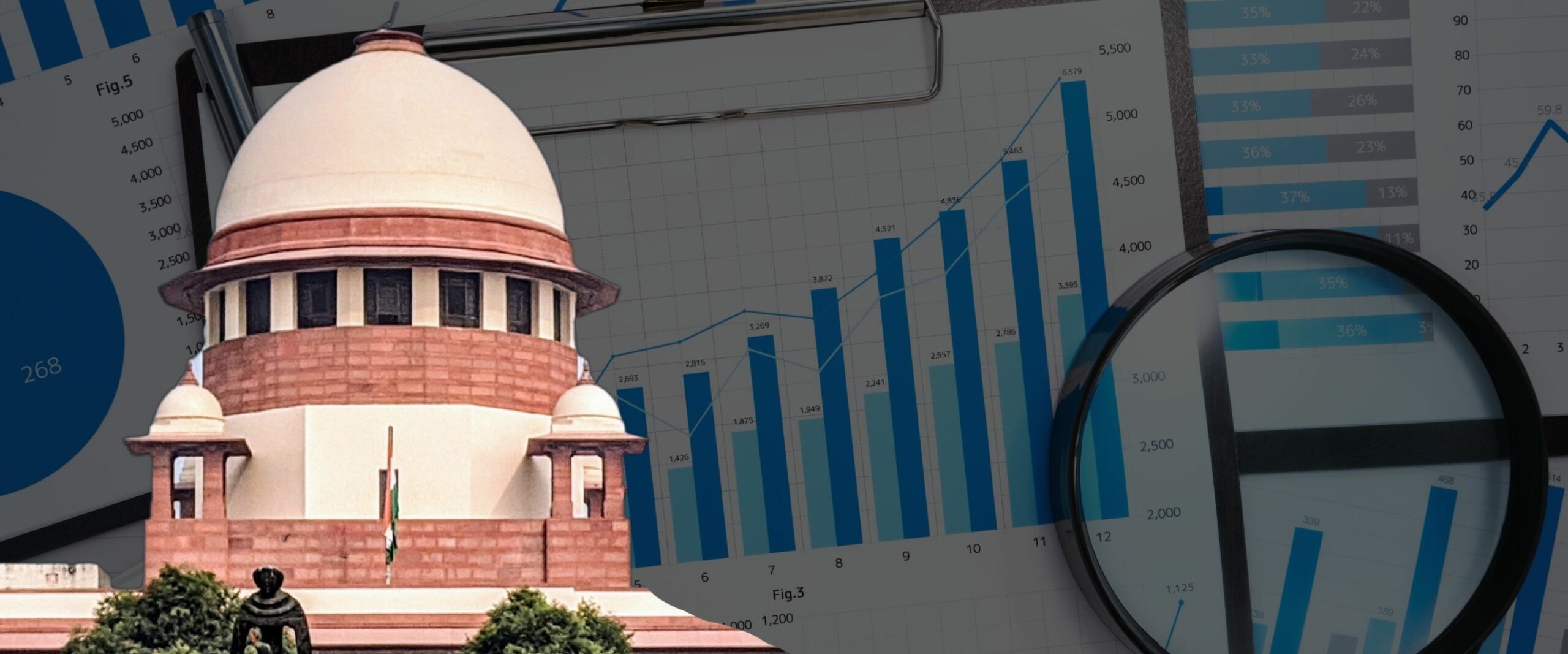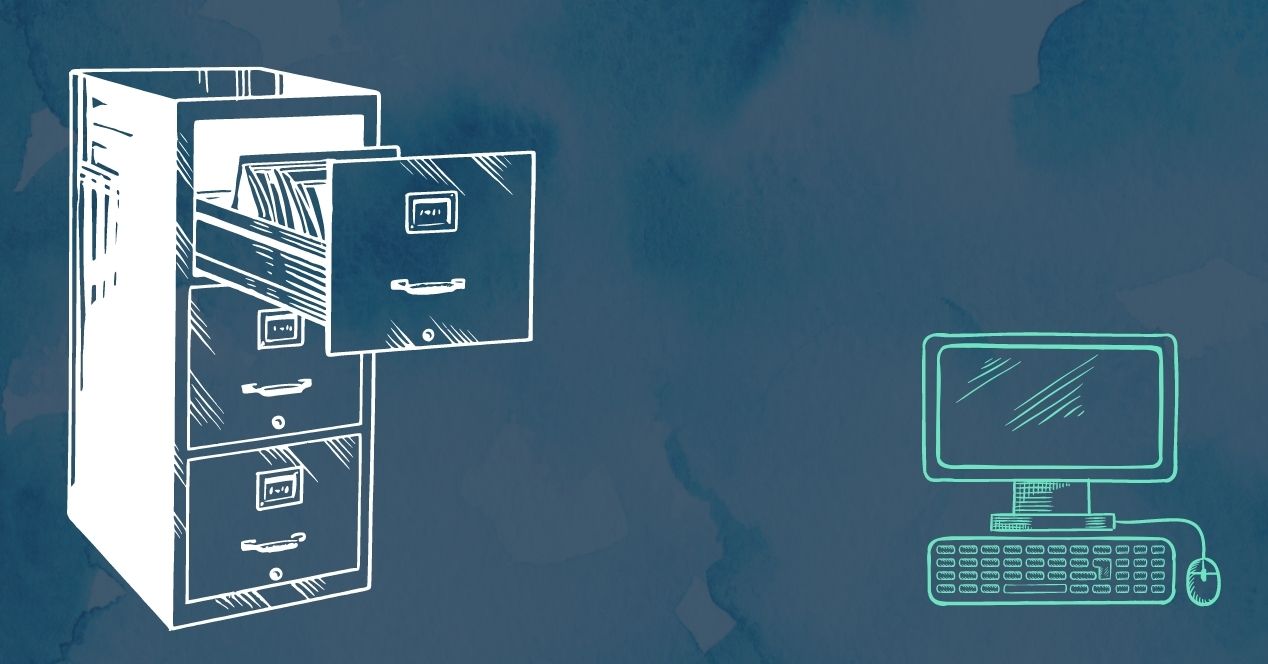Channel
SCO Explains: Pendency at the Supreme Court of India (2021)
In this episode, we unpack the numbers around the pendency concern and examine the SC’s performance over the past decade.

TRANSCRIPT
Malavika: Hello Listeners! Welcome to SCO Explains; where we bring the work of the Supreme Court to you.
In this episode, let us review the Supreme Court’s functioning over the last ten years. We always hear about how the top court of this country is overburdened and under pressure. Today we unpack the numbers around this concern and examine the SC’s performance over the past decade.
Aarathi: In 2011, the Chief Justice at the time, S.H. Kapadia confidently proclaimed that while “there is a backlog of cases [at the Supreme Court] it is not as big as is sought to be projected.”
When his tenure ended in August 2012, there were over 63,000 cases pending at the Court—a 16% increase from when he assumed office of the CJI in May 2010. Nine CJI’s later, in 2022, pendency at the Court stands at 70,000 cases, a 30-year high.
But, why does the Court face this increasing burden of pending cases? How does pendency affect its efficiency? And, perhaps most importantly, how does an overburdened Court affect the speedy delivery of Justice?
To answer these questions and more, SCO analysed data on the Supreme Court’s functioning over a 10-year period. Here’s what we found out. The factors that indicate the Court’s efficiency have changed remarkably over the last decade.
Malavika: Let’s start off by understanding this change through the institution of cases, or ‘institution’. This term refers to the number of cases filed before the Supreme Court—and it has steadily declined over the last decade.
Many factors may have contributed to this drop between 2012 to 2019. These include changing governments and shifts in how people perceive approaching the Court. Interestingly, we also know that these numbers are affected by the changes in how the Court’s Registrar counts instituted cases. There is little clarity on how exactly the Registrar chooses to count cases—or how it arrives at the final figures that are published.
However, one thing is certain: COVID-19 is directly responsible for the sudden decline in the institution of cases post 2019.
This may seem surprising, given that the Court adopted virtual hearings and e-filing systems to counter the pandemic as early as 2020. However, due to logistical issues faced by counsels and the Court and the general mistrust of the system by litigants, the uptake of these digital schemes was slow.
At the same time, the Court reduced its functioning in 2020. Overall, we think the effect it had is that fewer people had access to the court in the conventional ways, marked by the drop in the number of cases filed in the SC in that period.
This trend carried over to 2021— an average of 2,565 cases were instituted at the Court. The numbers of institution, as well as other factors are affected by the Court’s schedule. So in 2021, we know that institution remained steady until April. After that, the SC reduced its functioning due to COVID, and then vacationed in May and June—bringing institution below the year’s average to 1,229 and 1,686 cases respectively. Institution shot up again once the Court reopened in July—with cases filed standing at just above the yearly average.
Aarathi: The disposal rate—which measures the number of cases that ‘exit’ the Supreme Court—suggests that the Court is not disposing of cases quickly either. Disposal rates have also dropped over the last decade. This means that not only is the Court admitting fewer cases—it is disposing of fewer too. One of the many factors that impede the Court’s ability to quickly clear cases is the number of judges that are in the SC. But we’ll talk about that a little later in the podcast.
The pandemic years give us some clear answers for why disposal fell after 2019.
During certain stretches of the COVID years, the Court only heard urgent matters. Combined with a lack of physical hearings, this led to the number of cases disposed of by the SC falling by half. For example: the SC disposed of 20,670 cases in 2020 and 18,257 cases in 2021—a sharp fall from the 41,100 cases it disposed of in 2019.
However, even these disposals may not do much to alleviate the Court’s pendency woes. In 2021, over 90% of the cases that the Court disposed of were at the admissions stage. This is when the Court decides whether or not to admit a case for regular hearings. Worryingly, it also means that a majority of the SC’s time is spent disposing of cases that do not involve a substantial question of law.
Malavika: So, if the Court is neither admitting more matters nor disposing of old ones, how does that impact its pendency over the last decade?
Somewhat surprisingly, if not in line with Justice Kapadia’s prophecy, pendency actually declined between 2012 and 2017. However, since 2018, pendency has rapidly increased. 2019 ended with around 60,000 cases pending at the SC. By the end of 2021, 10,000 cases were added to an already large pile of pending cases—the highest it has been in the last three-decades with 70,000 pending cases!
Aarathi: This state of pendency could have to do with the strength of the Bench. As we said before, a low number of Judges often slows down disposal of cases, adding to the mountain of unresolved matters. The number of Judges at the SC especially fluctuated during the COVID-19 years.
For example, 2021 opened with 29 Judges at the SC out of the sanctioned strength of 34. In March, Justice Indu Malhotra retired, while Justice Shantangoudar passed away in April. In July, Justice Ashok Bhushan retired, bringing the strength to 26 judges.
August, on the other hand, seems to be somewhat of an anomaly. Justices Rohinton F. Nariman and Navin Sinha retired and brought the strength further down to 24 judges—however, the steep increase in pendency appeared to slow down simultaneously.
Malavika: Two notable events occurred that month that might explain this surprising trend. First, the Court opened physical hearings again. Second, the President appointed 9 new judges to the Supreme Court on 26th August. This brought the total number of sitting judges to 33, one short of the sanctioned strength of 34. After Justice Subhash Reddy’s retirement in January 2022, there are currently 32 judges at the SC. 7 more Judges will retire this year.
Clearly, with more Judges on the Bench, tackling pendency becomes an easier task. However, ensuring that retirements don’t affect the Court’s functioning ultimately lies in the hands of the two CJIs set to retire this year—Justices N.V. Ramana and U.U. Lalit.
These COVID-19 CJIs bear the challenge of managing the Court during an unpredictable pandemic. As we’ve seen already during the tenures of CJI Ramana and former CJI Sharad Bobde, this is no easy task. The devastating effects of the pandemic demanded that they spur innovation at the Court.
Aarathi: Given that Ramana CJI’s tenure is drawing to a close, it is up to future CJI’s to tackle the Court’s pendency. As of March this year, the number of pending cases stands at 70,632 cases—an increase from 70,239 cases in December 2021. While the increase in pending cases is slowing down, we are yet to see a decrease in the number of pending cases from one month to the next. Active measures to directly tackle the pendency crisis appear more needed than ever before.
August 2022 will see Ramana CJI pass on the baton to Justice U.U. Lalit—however, the latter’s tenure will only last for a little over two months. Justice D.Y. Chandrachud, who becomes CJI in November of 2022, will inherit the lion’s share of the Court’s pendency burden. How he plans to manage it over his two year tenure as CJI may determine how efficient the Supreme Court of India will be.
Malavika: We hope you enjoyed this episode of SCO Explains. For more updates on the Supreme Court, visit scobserver.in.




